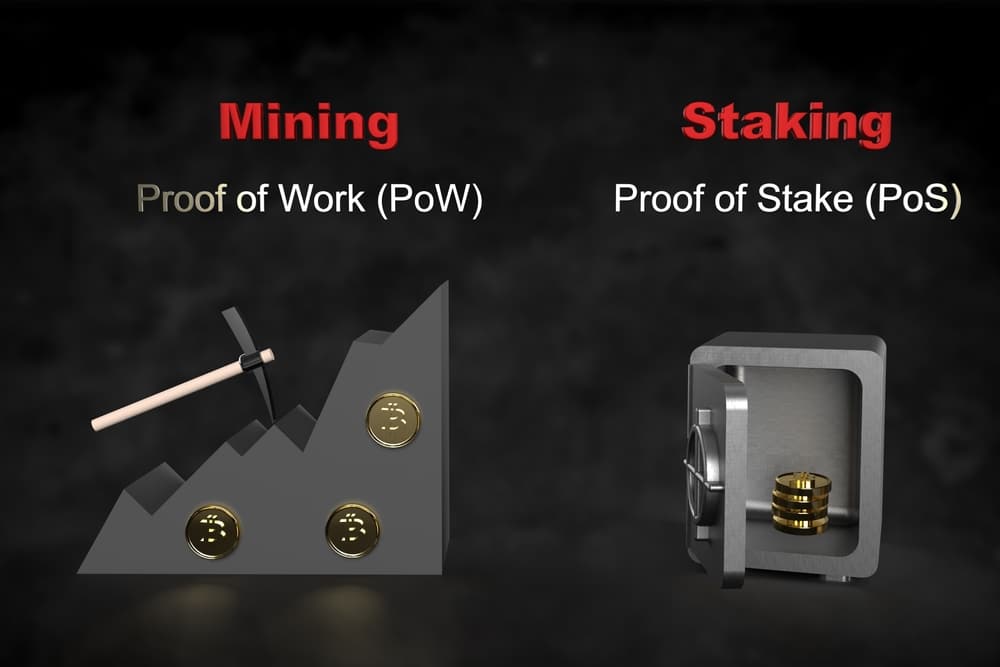Complete Guide on DDoS Attack in Blockchain Networks

A DDoS attack aims to bring down a website, online service, or computer by flooding it with requests, reducing its ability and impacting its capacity to respond to valid requests.
A distributed denial-of-service (DDoS) attack entails hackers inserting malware into potentially numerous internet-enabled gadgets. These devices are prompted to concurrently deliver a surge of requests to the target system.
The compromised machines, referred to as zombies or bots, can be desktops, cellphones, or Internet of Things (IoT) gadgets. Normally, attackers develop direct control over bots by infecting them with malware without the victim’s knowledge.
The invasion of incoming traffic overpowers the target system’s capability to respond to valid requests since the attack uses a lot of bandwidth, memory, and processing power. According to Cloudflare’s Q1 2024 DDoS threat report, there has been a 50% increase in DDoS attacks.
Possibility of a DDoS Attack on a Blockchain Network
A blockchain runs as a decentralized distributed ledger, functioning across several nodes tasked with processing and approving transactions. Different from conventional systems, a central control point does not exist.
Flooding the blockchain with spam transactions is one means to disrupt the network. This strategy overwhelms the network and delays transaction throughput, preventing the timely authentication of legitimate transactions. In turn, transactions from genuine users are queued up in the mempool, a blockchain node mechanism that stores unverified transactions.
An example of a famous DDoS attack involved the Solana network in September 2021, which resulted in a 17-hour downtime. The Grape Protocol’s initial decentralized exchange offering (IDO) on Raydium, a Solana-founded decentralized exchange, involved bots attacking the network with 400000 transaction loads per second, resulting in network congestion.
DDoS attacks can also target decentralized apps instead of the blockchain network. Cryptocurrency exchanges, which play a vital role in promoting liquidity in a blockchain-founded ecosystem, are more susceptible to DDoS attacks, leading to brief service interruptions.
How DDoS Attacks Impact Blockchain Platforms
DDoS attacks can impact blockchain networks through transaction flooding and compromising smart contracts. The aim is to congest the network with fake transactions, reducing its efficacy and sometimes causing a halt.
Transaction Flooding
Malevolent actors can deliberately bombard a blockchain network with a massive number of transactions, interrupting its ordinary operations. The attackers would trigger several transaction requests via the use of specialized software or automated scripts.
These transactions imitate genuine transactions but are made to congest the network. The attackers broadcast the transaction to the nodes.
To attain consensus, the network broadcasts the transactions across several nodes, which function to process the transactions. Nevertheless, the total volume of incoming transactions overpowers their processing ability.
The network experiences congestion to the extent that genuine transactions become stuck in the backlog. This situation can impact exchanges, organizations, and other services that depend on the blockchain network.
Software Crashes
The main application software in blockchain has built-in restrictions concerning the memory allocated and the number of transactions that can be processed in a block and stored in the mempool. A surge in transactions might result in the software crashing or misbehaving.
Immutability is an inherent attribute of blockchain transactions, meaning they cannot be changed after being recorded in blocks. The mechanism creates an issue in case transactions flood the network during an attack.
Pointless transactions overwhelm the network, which may be past the software’s capability to address.
Smart Contracts
Hackers can spot susceptible smart contracts in a blockchain network and flood them using transaction requests. The transactions comprise fraudulent instructions or unwarranted computations to exhaust the contract’s and underlying network’s functionality.
Final Thoughts
Code implementation in the smart contract becomes quite burdensome, resulting in unwarranted interruptions in transaction authentication. Since smart contracts are a critical part of blockchains, the effects of such an attack can move across the network, impacting other transactions and smart contracts, interrupting crucial operations, and making services unreachable to genuine users.
Zone Crypto Invest provides exposure for numerous crypto businesses, and we invite you to join our community! Connect with us through our Telegram chat for any questions. Given the volatile nature of cryptocurrencies, always conduct thorough research before investing. Many articles on our website are sourced from guest writers or are paid content, and they might not reflect the views of Zone Crypto Invest's internal team. The opinions in these pieces may not always coincide with Zone Crypto Invest's stance. We do not vouch for the accuracy, quality, promotions, or any other aspects showcased on our platform. Please refer to our detailed terms of service and disclaimer for further information.








